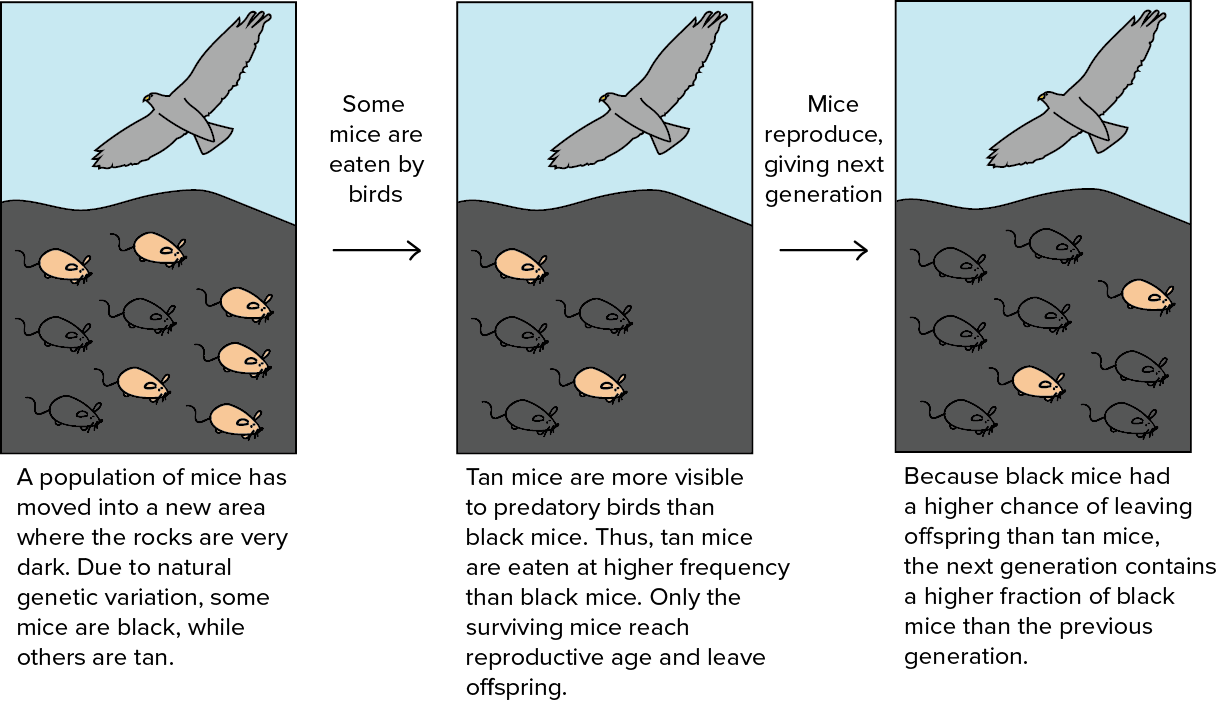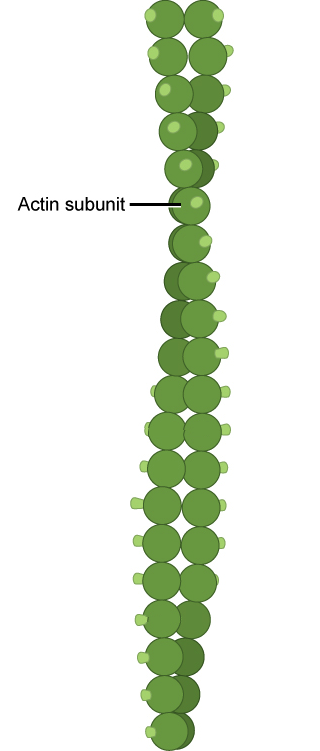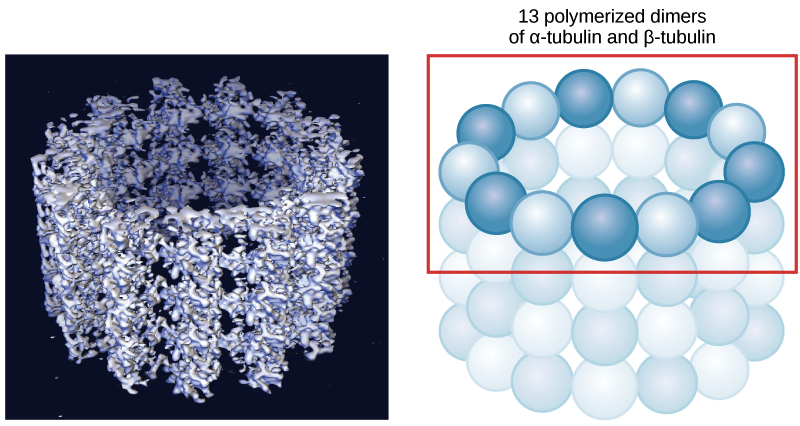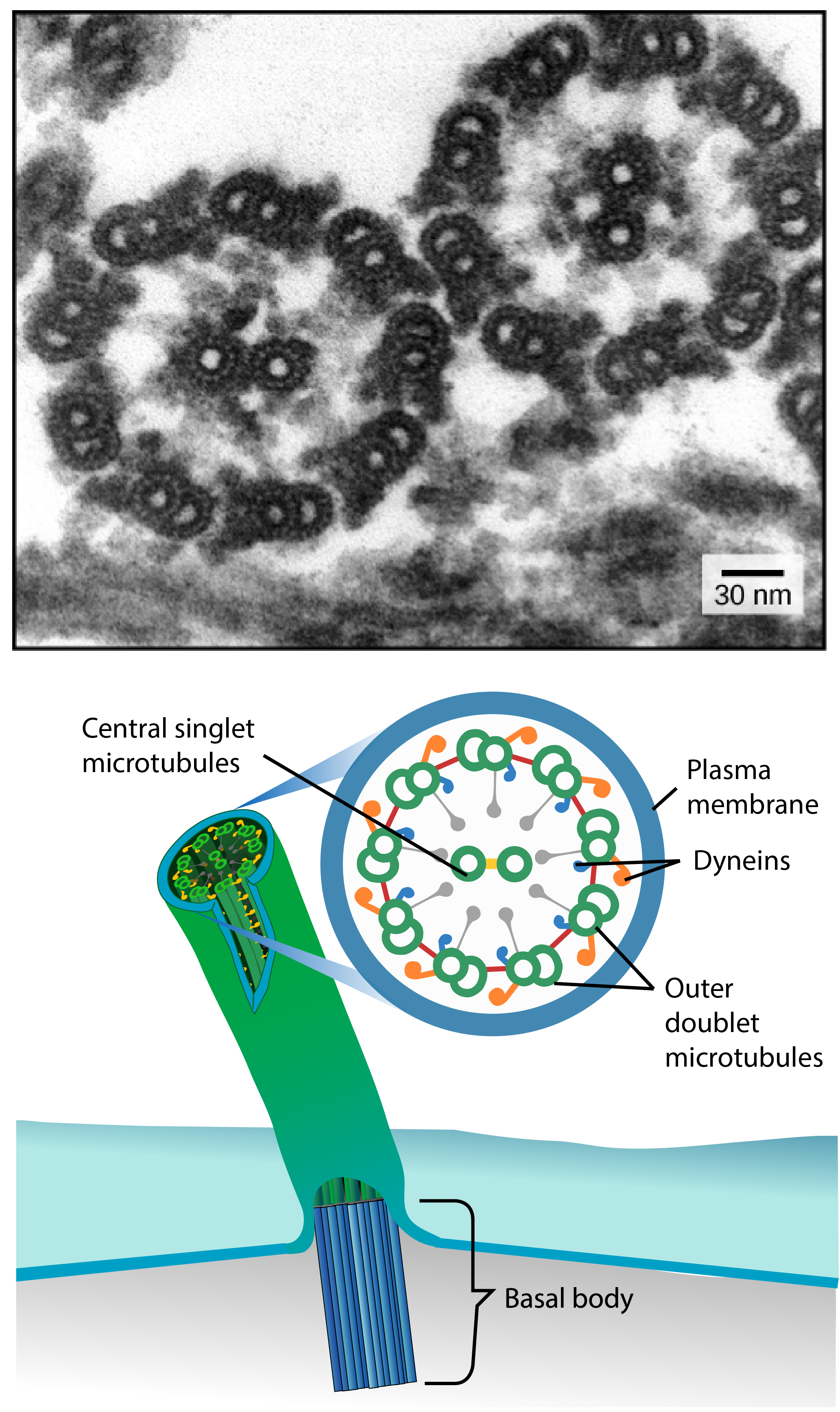Write4U
Valued Senior Member
I never claimed that. My claim is that mathematics are the rules by which creation and evolution (via natural selection) progresses. To build a house you first need a blueprint. Then you need a list of materials that are required by the blueprint. Once those materials are available the building can procees in accordance to the rules set forth in the blueprint. You miss some of the instructions and that part of the house will collapse by the mathematical laws of natural selection.Electrochemical guided by Lifes Energy , is the essence of the mathematics . Mathematics can not create any thing physical in and of its self .
The order that exist in nature is due to the deterministic mathematics that permit or prevent relational interactions to be successful or fail.
It is the Logical quasi-intelligent essence of the Universe.
IMO, it is also the reason why there are so many religions ascribing a motivated intelligence as the creative agency. There is an illusion of intelligent design, but in the end it is just simple mathematical functions.
(value) Input --> (mathematical) function --> (value) Output --> (observable) Patterns.
My claim is that only Logical (mathematical) processes are necessary for the creative and evolutionary chronologies to unfold from the interaction of inherent potential values enfolded in all things.
Last edited:


:max_bytes(150000):strip_icc():format(webp)/human-nerve-cells-587169667-5a4bea3a845b340037919c15.jpg)





